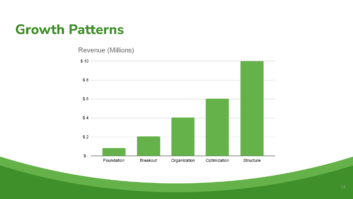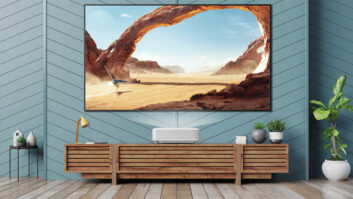New York, NY–The National Advertising Division of the Council of Better Business Bureaus has determined that Texas Instruments Inc. has provided adequate support for certain claims related to its Digital Light Processing (DLP) technology-enabled processors for front-projection projectors. However, NAD has recommended that certain claims be modified or discontinued.
The advertising at issue was challenged by Epson America Inc., a manufacturer of front digital projectors incorporating Liquid Crystal Display (LCD) technology.
NAD, the advertising industrys self-regulatory forum, examined Texas Instruments claims in various types of print and Internet advertising. At the outset, NAD noted that the advertiser provided a written representation that it has permanently discontinued a number of claims that referenced cartoon-like colors or over-saturated colors as well as misconvergence claims. As a result, NAD did not review those claims.
Remaining at issue were color accuracy claims regarding Texas Instruments BrilliantColor technology process, picture reliability claims, total cost of ownership claims (as calculated on a TCO Calculator found at Texas Instruments website), and claims regarding filters and product demonstrations.
NAD examined evidence that included the results of tests conducted in 2002, 2004, and 2005.
NAD determined that while the claims related to BrilliantColor technology are literally true, when such claims are viewed in the overall context of the advertising, they could be understood to mean BrilliantColor is a new technology featured in all DLP projectors. In fact, only about 24 percent of all DLP projector models currently contain BrilliantColor technology. As such, NAD recommended that the advertiser make clear in its advertising that not all DLP projectors currently on the market contain BrilliantColor technology.
In evaluating the evidence for the picture reliability claims, NAD concluded that the results of testing conducted in 2002 and 2004 were not sufficient to support the current claims. As for the 2005 testing, NAD determined that the results were insufficiently reliable to support the claims at issue and recommended that they be discontinued or, in the alternative, carefully qualified.
Regarding the total cost of ownership (TCO) claims, while NAD determined NAD recommended that examples of the TCO calculator and any other pre-calculated examples be discontinued or modified in accordance with NADs determination on the cost of certain items, such as color decay and lamp replacement. NAD also recommended that the blank TCO calculator on the advertisers website be modified to avoid autofilling certain parts of the calculator and allow users to fill in the amounts.
NAD found that the claim DLP projectors are simple to operate and require practically no maintenance is supported,
Concerning filter claims, NAD determined that the claims DLP projectors enable sealed optics which do not require filters; Low maintenance means lower cost. DLP projectors do not require a filter that must be cleaned with regularity, saving time and money. are substantiated.
However, NAD recommended that the claim Say NO to Dust and Dirt. DLP projectors feature a completely enclosed imaging design. This means that dust and chalk and other classroom irritants wont degrade the projectors performance over time, should be modified to avoid communicating the unsupported message that all DLP projectors are filter-less and, hence, unaffected decreased picture reliability and maintenance. NAD also determined that the accompanying images of an enlarged dust ball and a filter covered with dust should be discontinued.
NAD further determined that demonstrations that depicted image quality on a projection screen and the accompanying text be discontinued due to the lack of evidence in the record that consumers would see an image from an LCD projector markedly less clear, bright and colorful than one from a DLP projector.
NAD found that the claim DLP projectors are simple to operate and require practically no maintenance is supported.
Texas Instruments, in its advertisers statement, said the company will take the NAD recommendations into consideration in future advertising and that it commends the NAD for its efforts to promote responsible advertising and its commitment to the self-regulatory process and appreciates the opportunity to participate in the self-regulatory program.
NAD’s inquiry was conducted under NAD/CARU/NARB Procedures for the Voluntary Self-Regulation of National Advertising. Details of the initial inquiry, NAD’s decision, and the advertiser’s response will be included in the next NAD/CARU Case Report.







